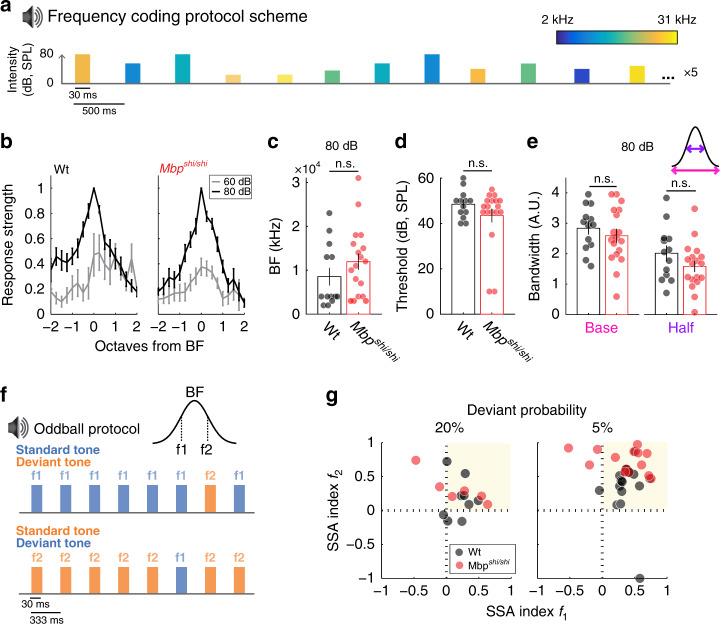Fig. 6. Frequency responses, tuning, and discrimination are not affected with dysmyelination in the ACx.
a Schematic of the tone-sweep protocol used to test tuning. Twenty-four 30-ms-long, pure tones (2–31 kHz) were played at different intensities in ten repetitions (Rep.) of each frequency-intensity combination in random order. b–e Basic tuning properties are not affected with dysmyelination. Wt: n = 13 recordings, ten mice. Mbpshi/shi: n = 18 recordings, 15 mice. b Normalized tuning curves for Wt (left) and Mbpshi/shi mice showing selectivity in octaves from best frequency (BF) at 60 (gray) and 80 dB (black). c Recordings from comparable rostrocaudal locations yielded comparable BFs at 80 dB (two-sided Wilcoxon rank-sum test, P = 0.25, t = 1.839) indicating normal tonotopy. d Auditory cortical thresholds were comparable between groups (two-sided Wilcoxon rank-sum test, P = 0.51, t = −1.638). e Tuning bandwidth was comparable between groups (two-sided Wilcoxon rank-sum test, P = 0.56, t = −1.148, and P = 0.21, t = −2.363 for base and half-bandwidth, respectively). f Schematic of the oddball protocol used to test stimulus-specific adaptation. Two tones differing in a Δf of 10% were presented (rate 3 Hz) with different probability. The standard tone was presented with high probability (80 or 95% of trials) and the deviant tone with low probability (20 or 5%). g Stimulus-specific adaptation indices (normalized difference between deviant and standard response) for the two tones were plotted against each other. For low deviant probabilities (Dp = 5%), indices were above 0.3, indicating that deviant responses were at least twice as large as standard. This effect diminished as the probability of the deviant sound increased. While no difference in SSA was observed between the groups at Dp = 20% (one-way ANOVA, P = 0.35, Wt: black, n = 11 recordings; Mbpshi/shi: red, n = 14 recordings), for Dp = 5%, Mbpshi/shi mice showed even more pronounced SSA (one-way ANOVA, P < 0.001; Wt: n = 9 recordings. Mbpshi/shi: n = 6 recordings). All plots represent the mean data of all recordings per group and error bars the S.E.M. and individual data points are individual animals, except for SSA, where they are recording sites. Source data are provided as a Source Data file.

